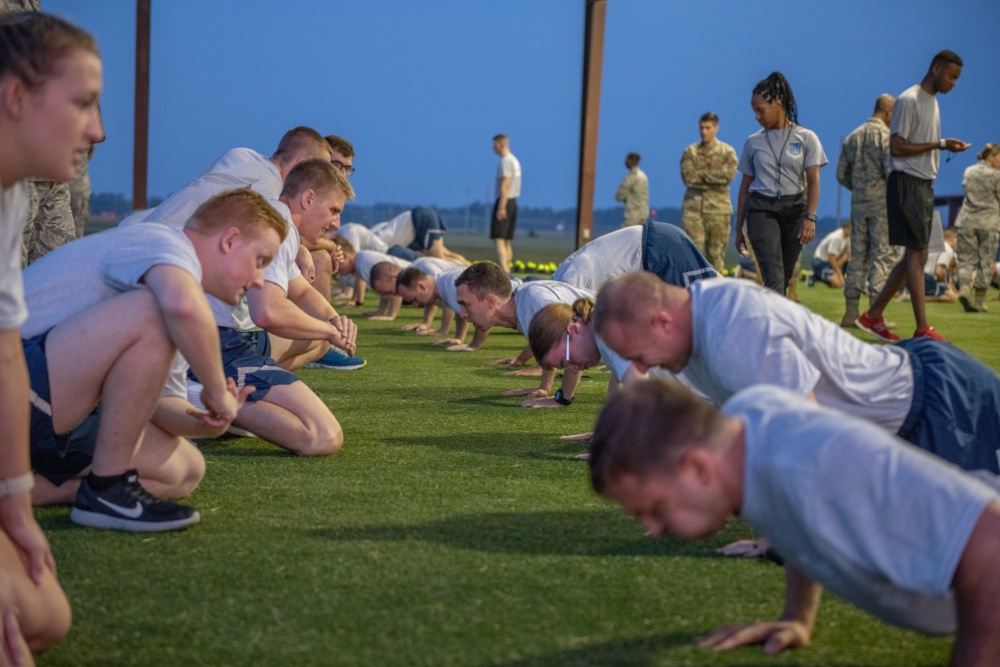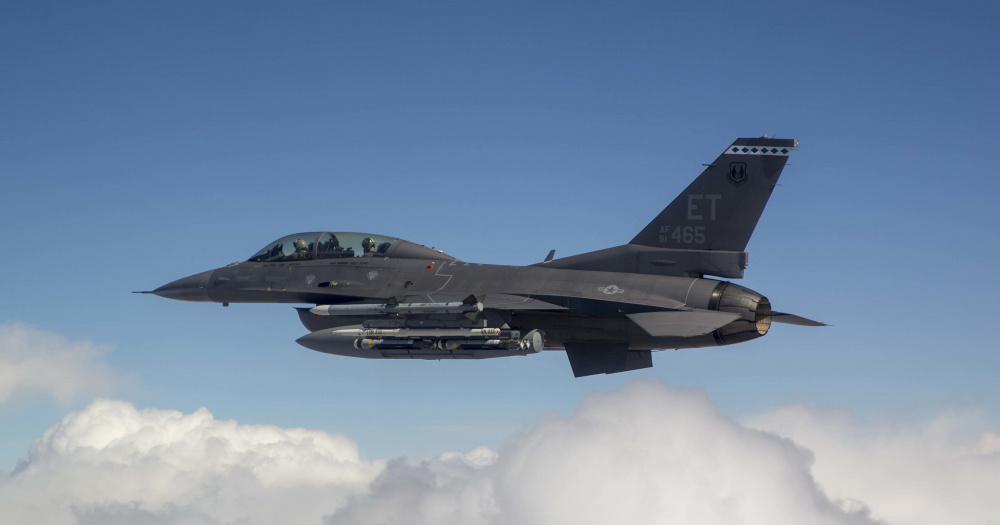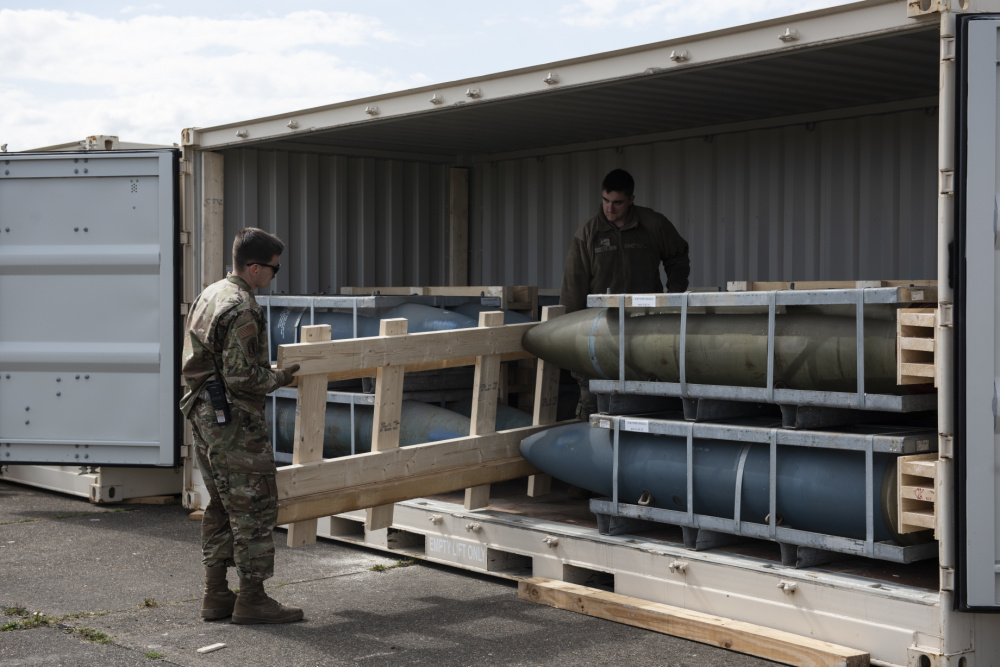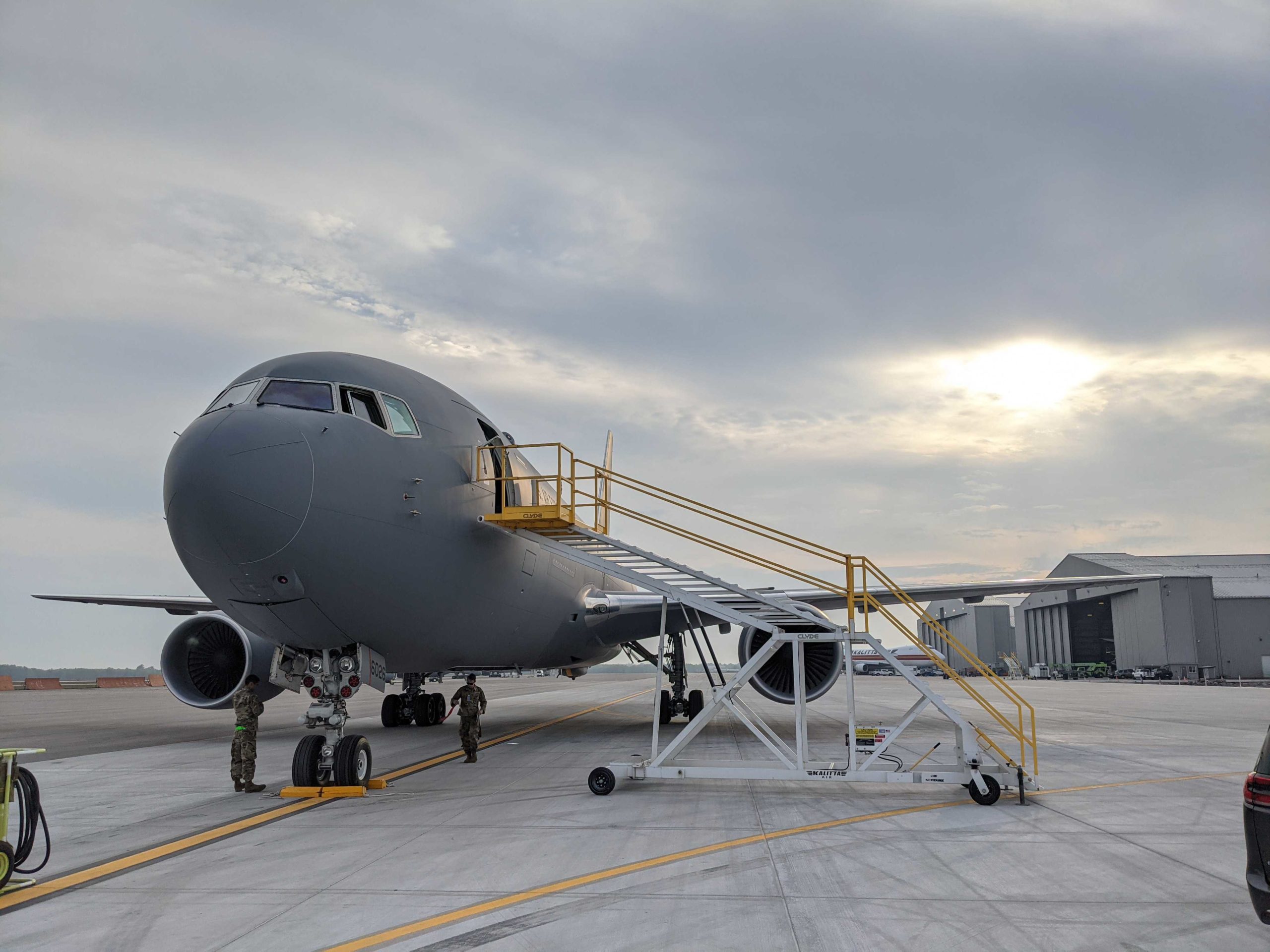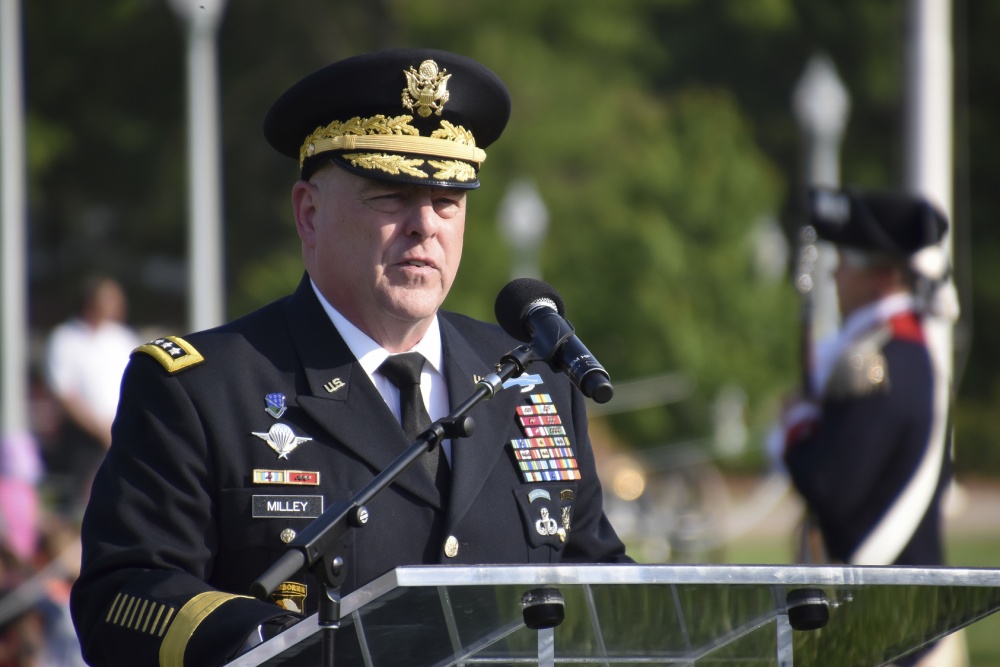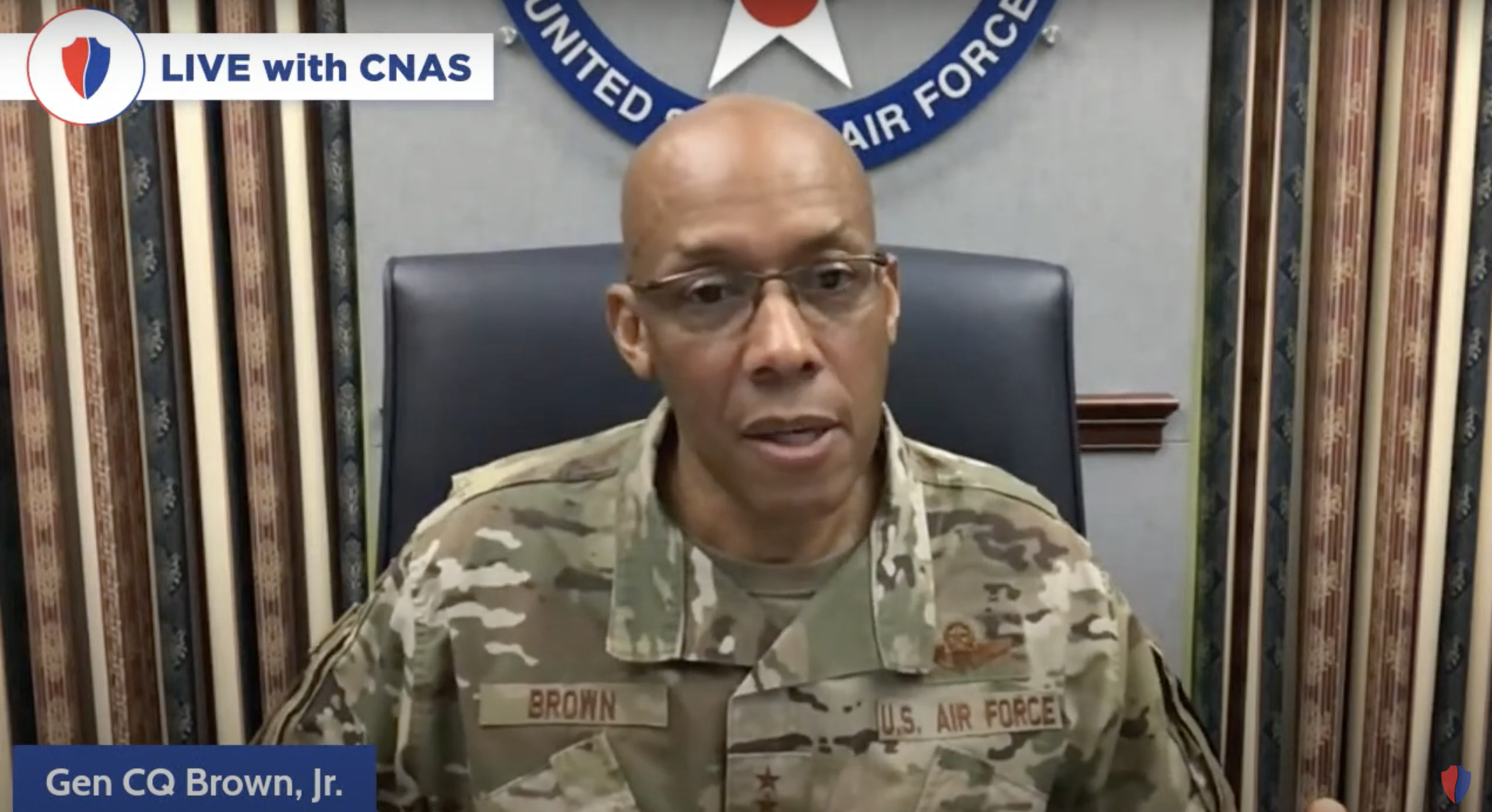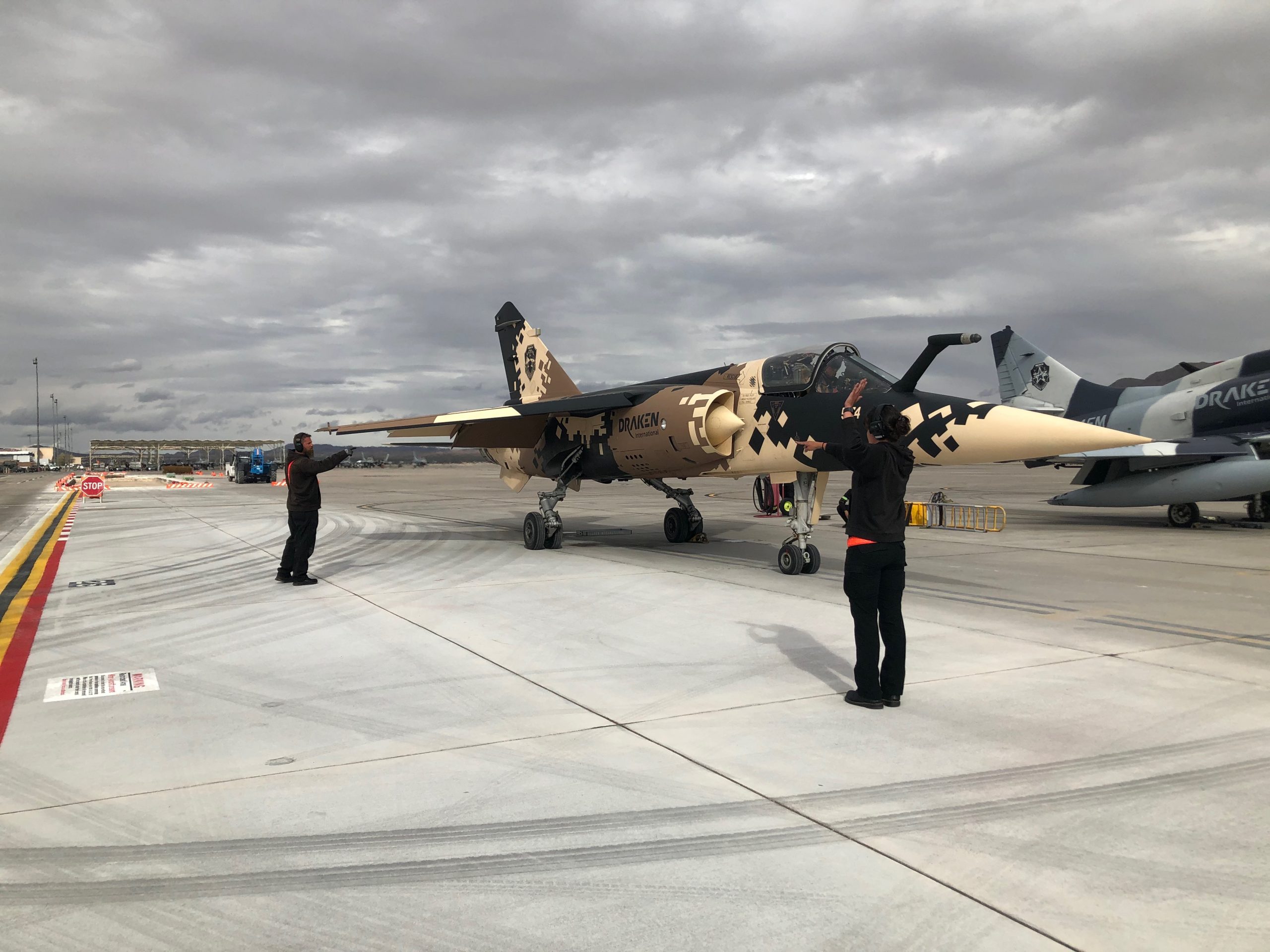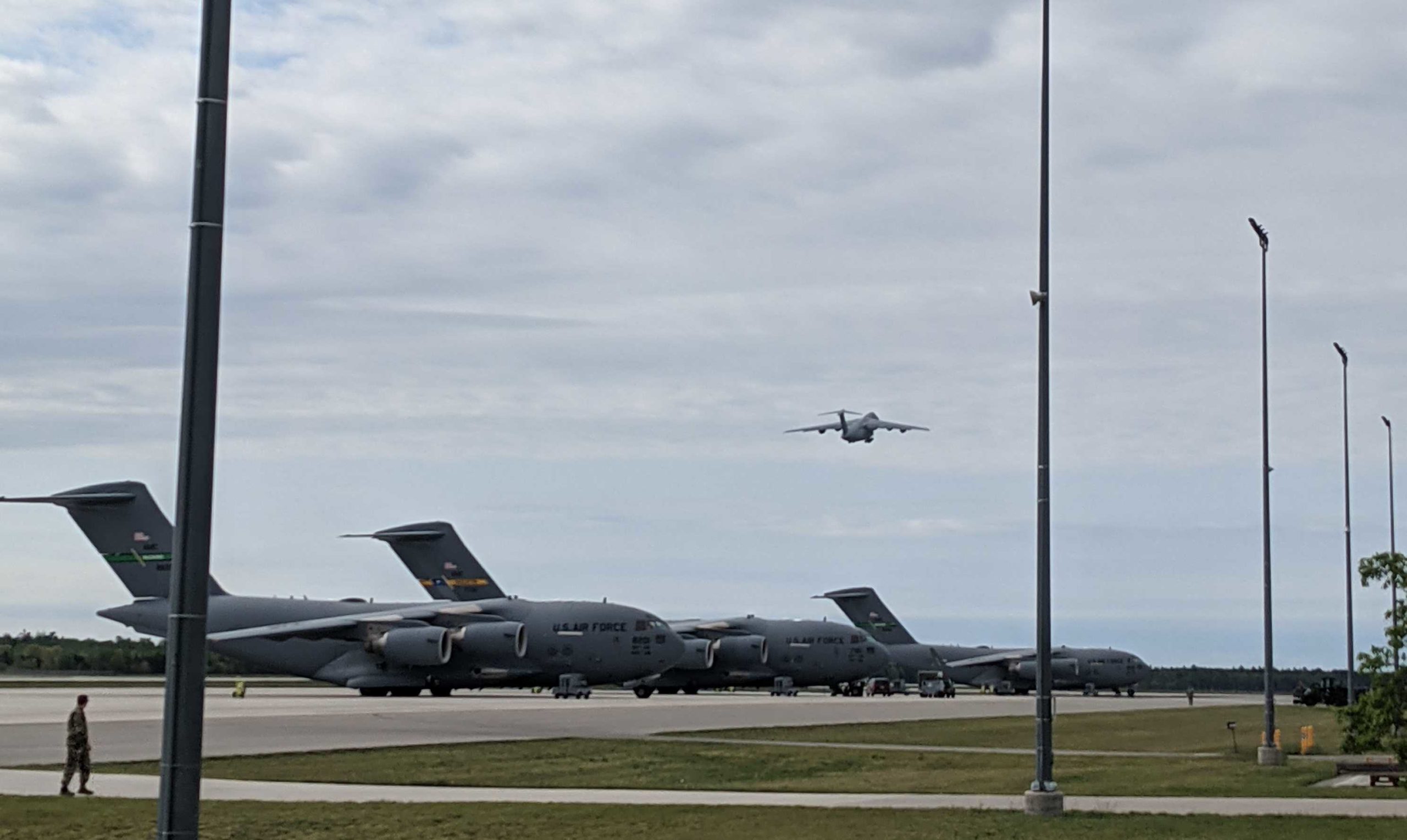As Airmen prepare for the return of physical fitness tests July 1, the Air Force released updated scoring charts May 26 to reflect the changes to those tests.
As previously announced, PT tests will no longer include the controversial waist measurement as a scored component, though Airmen will still be tape-tested once a year. Without the waist measurement, the maximum point value of the sit-up and push-up components will increase from 10 each to 20. The 1.5-mile run will remain at 60 points.
Airmen will now be scored in five-year age groups, instead of 10-year cohorts like the previous test. The new age ranges start with all Airmen younger than 25 and then increase every five years until reaching 60 years or older. In order to pass, Airmen need to accumulate 75 total points and meet the minimum requirements for their age and sex in each individual component.
The minimum requirements in the new scoring charts are lower across every age category for both men and women, while the standards for a maximum score were lowered for those who now are in the 25-29, 35-39, 45-49 and 55-59 age ranges.
“Physical fitness is an important part of our everyday lives. It’s more than just a test—it’s a way of life, our readiness, and ultimately our future success,” Chief Master Sgt. of the Air Force JoAnne S. Bass said in a press release. “July 1st is a chance to refocus on building a lifestyle of fitness and health, and I know our Airmen will be ready.”
The Space Force will continue to follow these new guidelines until service-specific fitness policies are developed and fielded.
The Air Force also has developed alternative “strength and cardiovascular testing exercise options” and plans to release them in the coming weeks, with the aim of Airmen being able to select which testing option is best for them, according to the release.
Those new testing options, however, won’t be available until January 2022. While the May 26 announcement didn’t detail what new exercises would be included, some of the options explored by the Air Force Fitness Working Group included a 20-meter shuttle run, row ergometry, planks, and burpees.
